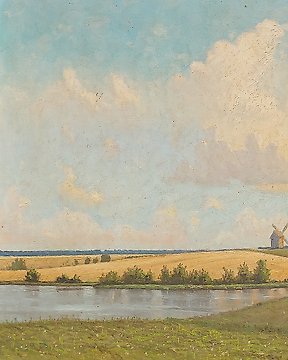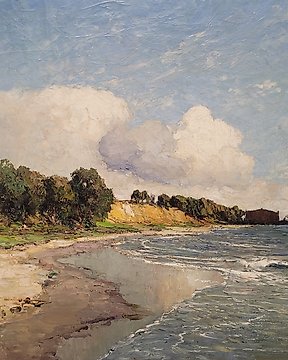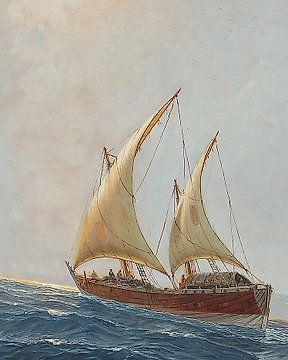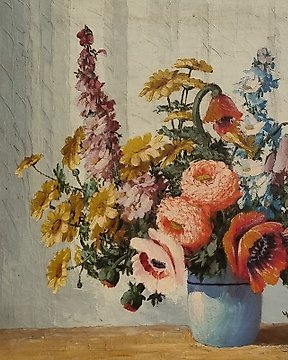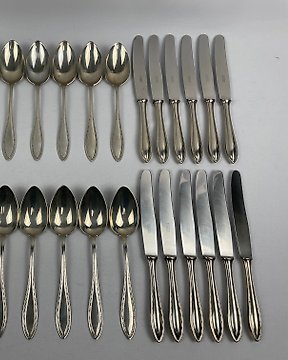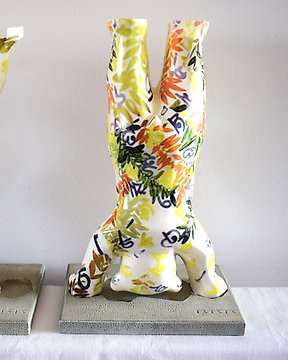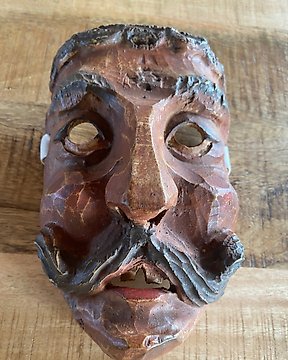George Grosz (1893-1959) - Dr. S. und Frau
Nr. 78052795
![Käthe Kollwitz (1867-1945) - 'Farewell' or 'Death, woman and child' [1910]](https://assets.catawiki.nl/assets/2023/11/25/c/8/8/c88f16cf-3214-47d9-8ccc-04b21125d1ab.jpg)
Käthe Kollwitz (1867-1945) - 'Farewell' or 'Death, woman and child' [1910]
Nr. 78052795
![Käthe Kollwitz (1867-1945) - 'Farewell' or 'Death, woman and child' [1910]](https://assets.catawiki.nl/assets/2023/11/25/c/8/8/c88f16cf-3214-47d9-8ccc-04b21125d1ab.jpg)
Käthe Kollwitz (1867-1945) - 'Farewell' or 'Death, woman and child' [1910]
Käthe Kollwitz (1867-1945), extraordinary original aquatint photogravure from 1930 of the drawing 'Farewell' or 'Death, woman and child' of 1910.
Rare extraordinary original aquatint photogravure (1930) of the drawing 'Farewell' or 'Death, woman and child' (1910), by the German Realist artist Käthe Kollwitz (1867-1945), well-known by her "silent lines [that] penetrate the marrow like a cry of pain; such a cry was never heard among the Greeks and Romans".
In her words: "The motifs I was able to select from this milieu (the workers' lives) offered me, in a simple and forthright way, what I discovered to be beautiful.... People from the bourgeois sphere were altogether without appeal or interest. All middle-class life seemed pedantic to me. On the other hand, I felt the proletariat had guts. It was not until much later...when I got to know the women who would come to my husband for help, and incidentally also to me, that I was powerfully moved by the fate of the proletariat and everything connected with its way of life.... But what I would like to emphasize once more is that compassion and commiseration were at first of very little importance in attracting me to the representation of proletarian life; what mattered was simply that I found it beautiful."
In several works that were created in connection with Hans' diphtheria infection in 1908, the figure of the mother has some features of the artist herself, such as in this etching. It is, however, striking that the child – despite the autobiographical connection – is clearly younger than the artist’s son Hans who was born in 1892. Yet, there is often a direct influence of Käthe Kollwitz’ personal sensibility with regard to children on her work:
"Her diary – and also her artistic work – reveals how strongly she was defined by creatureliness, passion, symbiosis, holding on and not being able to let go, an urge to fight against any power that tried to take her children away from her." - Jutta Bohnke-Kollwitz, from: Käthe Kollwitz, Letters to her Son. 1904 to 1945
Unlike in later etchings on this theme, in which Death is more clearly shown wrestling with the mother for her child, in this work mother and child, resting cheek to cheek, appear almost lost in reverie. The woman firmly holds the boy’s head and his left hand. In a poignant gesture of love, the heads nestle softly together in a horizontal position. On the left, the legs and lower body of the naked boy are sketched in thin, light strokes. A skeletal arm reaches under his stomach and in the left-hand corner at the top appears Death’s skull. The figure of Death, hardly discernible, has been pushed towards the very edge of the composition. The sheet is dominated by the haunting mother-child configuration.
Titled (on plate).
H 17,85 x W 17,40 cm (sheet)
H 13,95 x W 14,00 cm (matrix)
Provenance: Dresden Reissner, 1930.
State of Conservation: Good conservation state; trimmed; mounted.
Misschien vind je dit ook interessant
- 16+
Dit object was te vinden in
Zo koop je op Catawiki
1. Ontdek iets bijzonders
2. Plaats het hoogste bod
3. Veilig betalen

